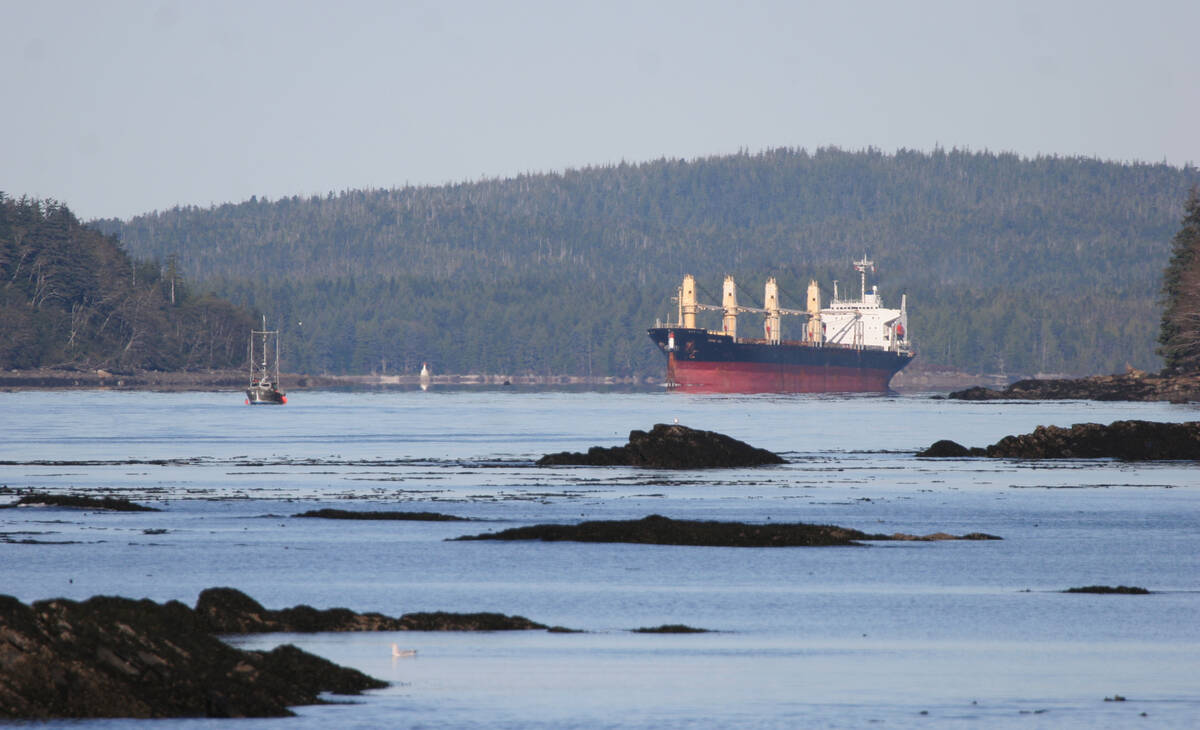GATINEAU, Que. – The federal government effort a century ago to populate the Prairies with farm families from around the world was an “unprecedented marketing campaign” in Canadian and maybe human history.
“It was brilliant and it had unbelievable results,” said Canadian Museum of Civilization president Victor Rabinovitch.
The Canadian government, supported by the Canadian Pacific Railway, spread propaganda about the Prairies throughout Europe and the United States in the 1890s and the first decade of the 20th century.
The result was two million immigrants, the opening of the Prairies and the creation of Alberta and Saskatchewan in 1905.
Read Also

Farm groups ask feds for export sales reporting
The Agricultural Producers Association of Saskatchewan and SaskCrops asks the federal government to create an Export Sales Reporting program.
“On balance, it was one of the great projects in Canadian history,” Rabinovitch said Oct. 27. “It was a success. It created two new provinces. It created an agricultural powerhouse. It opened up a resource treasure.”
Last week, the museum launched an exhibition called Acres of Dreams that chronicles the opening of the Prairies. It is one of Ottawa’s tributes to the centennials of Saskatchewan and Alberta.
The curator, Calgary’s Sandra Weizman, said the campaign to attract immigrants was the brainchild of two ministers in the Wilfrid Laurier government who had newspaper backgrounds: Clifford Sifton and Frank Oliver.
“These were men who had media experience and knew the power of the media,” she said. “They used it.”
The result was an amazing campaign to attract immigrants. There was a multimillion-dollar budget to print material, sponsor essay-writing contests in English schools and to infiltrate eastern European societies whose governments often were hostile to the campaign to lure away their citizens. Some of the recruitment had to be done underground.
The advertisements displayed in the Museum of Civilization show the over-the-top claims of lush countryside and settled landscapes. Descriptions of prairie winters were not allowed to mention the numbing cold but rather the “invigorating” climate.
Some of the diary entries that are part of the exhibition illustrate the dismay many immigrants felt when they discovered the sales pitch had been exaggerated. One complained in a letter home of 13 months of winter.
Another recollection was poignant.
“We reached our homestead at last. I’ll never forget the desolate feeling that came over me when, with contents of the wagon out on the ground, we sat on a box and looked around. Not a sign of any other human habitation … nothing but bluff and water and grass,” said one immigrant. “Then I realized that we were at the end of our journey, that this was to be our home.”
By 1914 and the outbreak of the Great War, 80,000 of the Ukrainians lured to the Prairies were being registered as enemy aliens subject to property confiscation and 5,000 were jailed.
And many of the hundreds of thousands who emigrated with promises of cheap and abundant land lost everything in the 1930s depression.
Still, Rabinovitch said the prairie populating policy was a great Canadian success.
He said when he lived in Winnipeg 30 years ago, retired homesteaders still lived in the neighbourhood.
“They have all passed on,” he said. “We now are presenting history that is beyond living memory.”
Weizman said her own ancestors were part of one of the great human migrations in history. They arrived from Poland and Ukraine.
The museum display continues until early next year.














